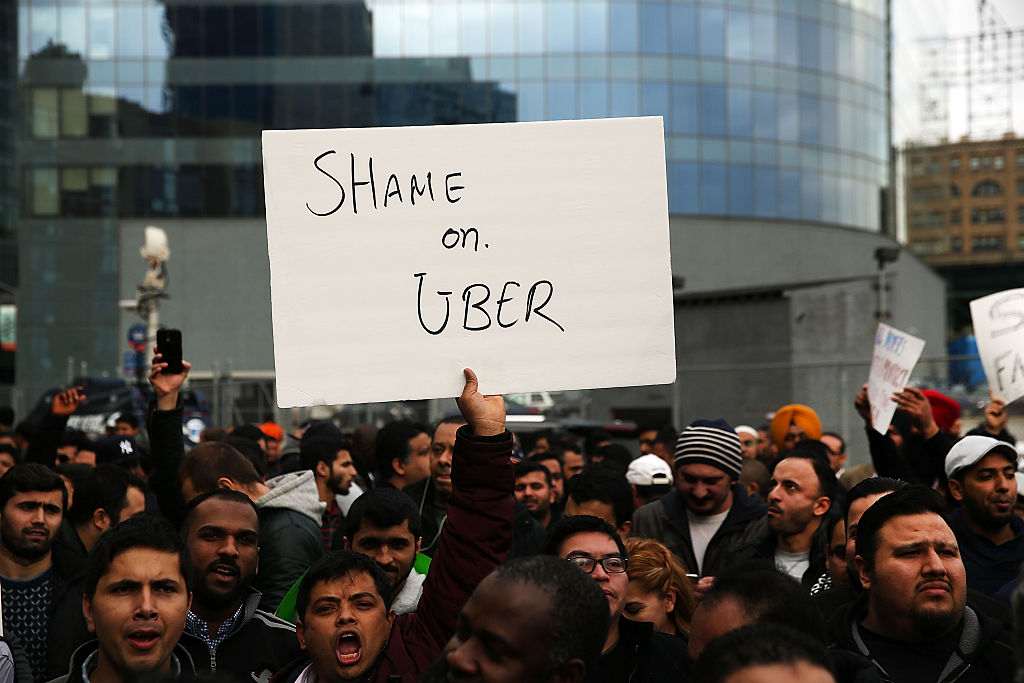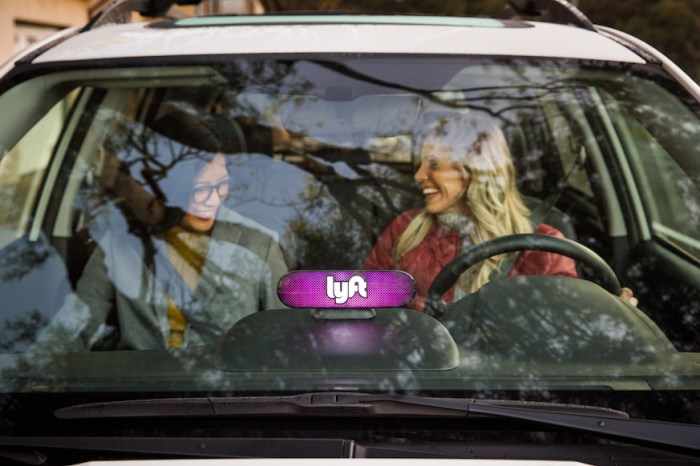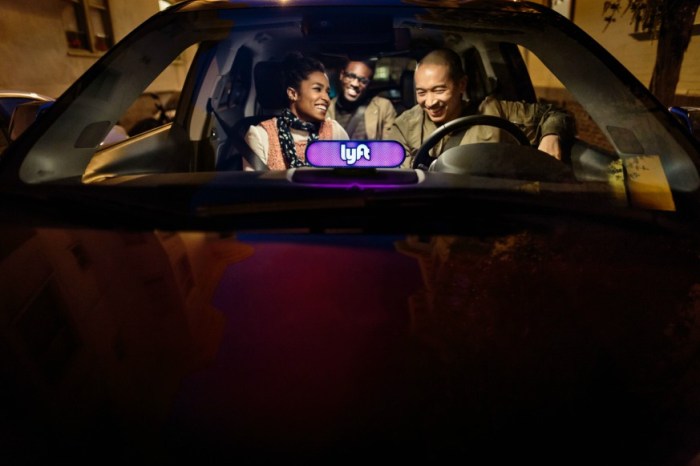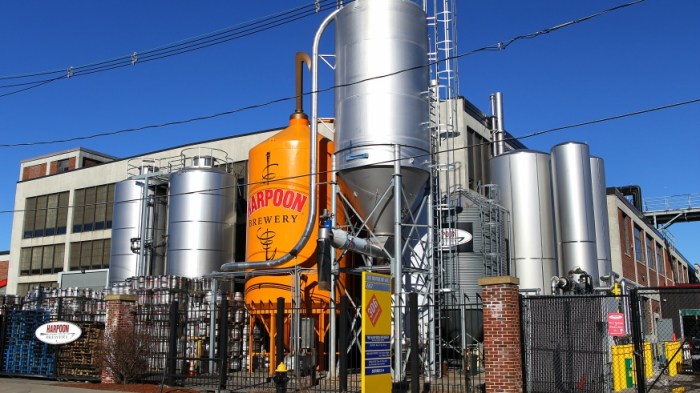After a judge blocked New York’s new congestion pricing surcharge on taxis and ride-share services from going into effect on January 1, drivers are still left in the dark on its future effects on their livelihood.
According to Aleksey Medvedovskiy, president of the New York Taxi Group, problems arise from the law’s very core. Adding a $2.50 surcharge to yellow cab rides isn’t as likely to reduce congestion so much as extract money from New York commuters, who already pay a $0.50 congestion pricing surcharge to the city. Though it may seem like a small amount, it adds up.
“People take an average of two trips a day,” Medvedovskiy laid out. “That’s five dollars a day, and one hundred a month.”
Though the law technically charges a higher fee, $2.75, for ride-share services like Uber and Lyft, Medvedovskiy still sees it as a threat to many taxi drivers’ livelihoods, because of the reduced fee ($0.75) for pooled rides.
Most for-hire-vehicle trips are already pool rides, Medvedovskiy argued. This explains why Uber reportedly spent $100,000 lobbying for the tax. “It helps them get market share,” he said.
The already-huge difference in regulation between the two types of ride service is also a factor, he explained. Though yellow taxis are required by law to provide exact details on exactly what their fares are, Uber and Lyft would be able to self-report their numbers. For Uber, which has a long record of dodgy practices with regard to the law, this offers an ample opportunity to commit fraud with impunity.
“In the twenty-first century, you can’t rely on self-reporting,” Medvedoskiy stated. “If they have a thousand rides in a month, they can only report three hundred. And [the state] has no way to check.”
Misguided Target
Even beyond the law’s tendency to make things even harder for New York’s taxi drivers, critics of the congestion pricing surcharge argue it targets the wrong group.
“Uber brought in a thousand cars per month until the stop came into effect,” Medvedovskiy said, referring to the cap on new drivers set in August. Taxis, he argued, have not increased the number of cars on the road even remotely as much.
“They have to think about whose fault it [New York’s congestion problem] is,” he added. In addition to ride-share services, personal cars and delivery trucks are adding to the problem, but will not be affected. Lyft, too, came out against the law for similar reasons.
“Recent research by both NYU and McKinsey show that increases in e-commerce and home delivery have an outsized role in lower traffic speeds and congestion in Manhattan,” a Lyft spokesperson told Metro. “This is why it’s critical that all vehicles, particularly commercial and personal vehicles, also contribute congestion fees.”
Congestion Pricing’s Uncertain Future
Though the law has been temporarily blocked, the solution is by no means permanent. New York courts will hold a hearing on January 3 about the matter, at which point the congestion pricing surcharge may go back into effect.
“It doesn’t make sense,” said Medvedovskiy.




















